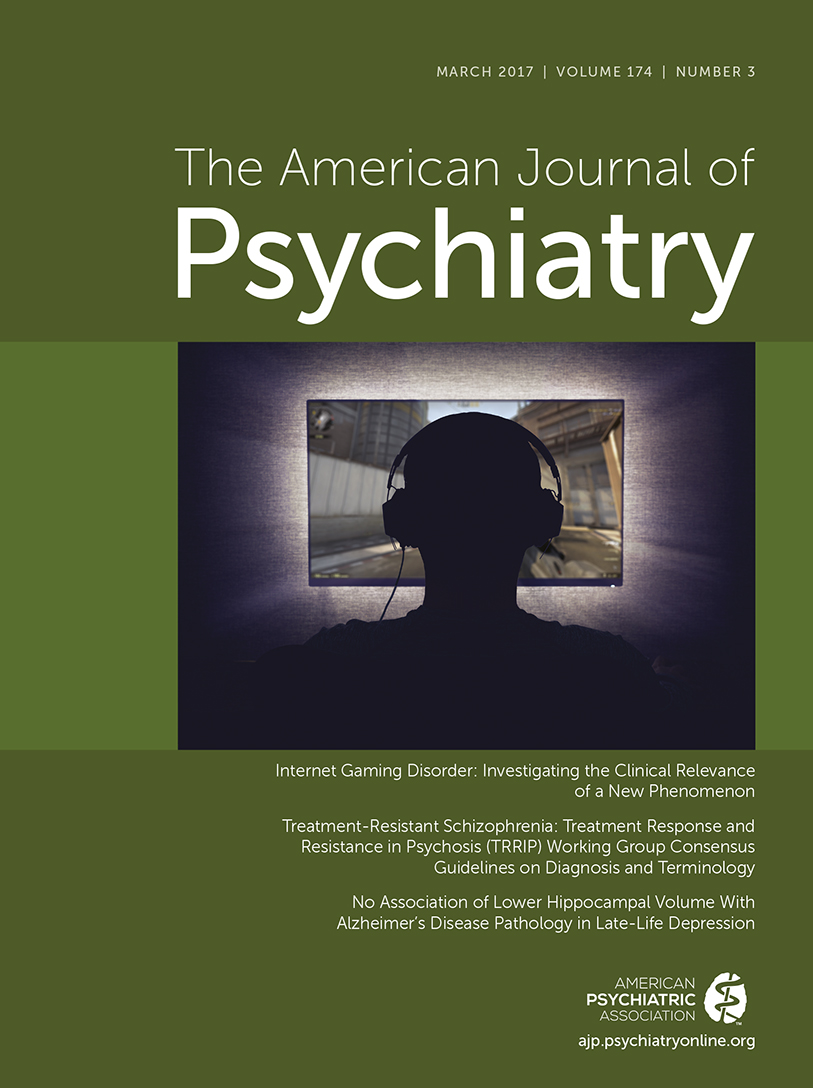Haloperidol-Associated Uterine Dystonia
A 27-year-old woman presented during her second pregnancy at 25 weeks’ gestation. She had a history of depressive disorder (unspecified) and anxiety disorder (unspecified) and was admitted for depression. At admission she was taking clonazepam only. Clonazepam was discontinued, and on admission day, she was administered 5 mg of haloperidol as needed for anxiety or agitation. Prior to this hospitalization, the patient was antipsychotic-naive and received nine doses over 3 days. On admission day 4, 2 hours after taking haloperidol, she developed cervical and limb dystonia, uterine contractions lasting 30–45 seconds spaced 10 minutes apart, and increased fetal movements. Uterine tone was moderate. Treatment with 2 mg of benztropine partially improved the cervical and limb dystonia; she continued to report contractions. After receiving 50 mg of diphenhydramine and 1 mg of benztropine, she was sent for emergent obstetric evaluation. Her cervical and limb dystonia resolved, contractions continued at the same rate, and increased fetal movements were noted. Contractions stopped 10 hours later; fetal status was reassuring. She was discharged for continued psychiatric management.
References
Information & Authors
Information
Published In
History
Keywords
Authors
Funding Information
Metrics & Citations
Metrics
Citations
Export Citations
If you have the appropriate software installed, you can download article citation data to the citation manager of your choice. Simply select your manager software from the list below and click Download.
For more information or tips please see 'Downloading to a citation manager' in the Help menu.
View Options
View options
PDF/EPUB
View PDF/EPUBLogin options
Already a subscriber? Access your subscription through your login credentials or your institution for full access to this article.
Personal login Institutional Login Open Athens loginNot a subscriber?
PsychiatryOnline subscription options offer access to the DSM-5-TR® library, books, journals, CME, and patient resources. This all-in-one virtual library provides psychiatrists and mental health professionals with key resources for diagnosis, treatment, research, and professional development.
Need more help? PsychiatryOnline Customer Service may be reached by emailing [email protected] or by calling 800-368-5777 (in the U.S.) or 703-907-7322 (outside the U.S.).

